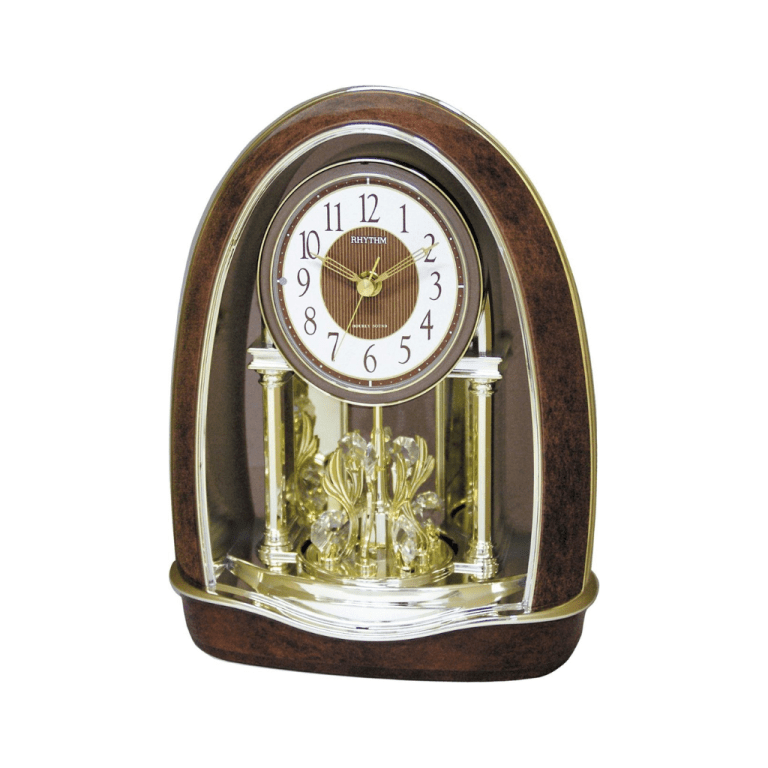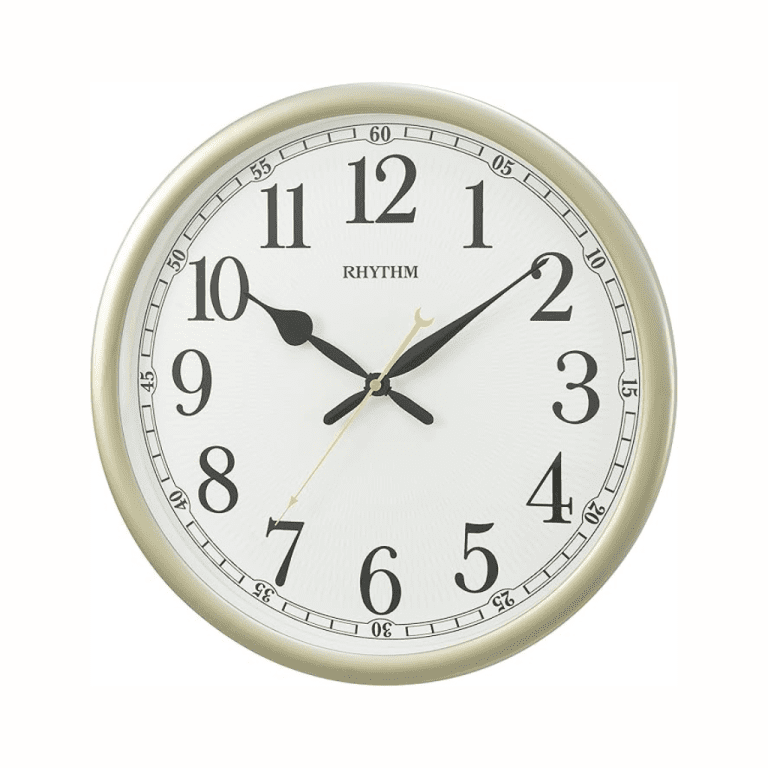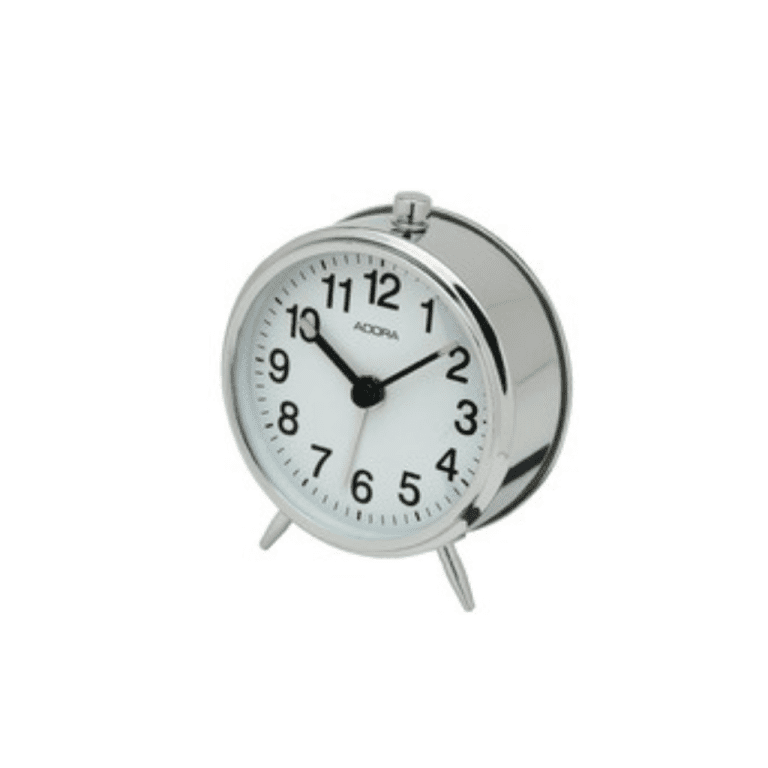Wearing a watch can be a practical and fashionable way to keep track of time, but for some people, it can also cause an allergic reaction. Allergic reactions to watches can be caused by a variety of factors, including the materials used in the watch itself, the chemicals used to manufacture it, and the substances that come into contact with the watch while it is being worn. If you think you are suffering an allergic reaction to a watch it is important to consult a doctor for advice. This article should not be considered medical advice.
The most common cause of an allergic reaction to a watch is contact dermatitis, which is a type of skin irritation that occurs when the skin comes into contact with an allergen. The allergen can be found in the materials used to make the watch, such as the metal, leather, or rubber, or it can be found in the chemicals used to manufacture the watch. For example, some people may be allergic to the nickel or other metals used in the watch, or they may be allergic to the dyes or finishes used on the watch.
Contact dermatitis can cause a range of symptoms, including redness, itching, swelling, and blistering of the skin. These symptoms typically occur on the wrist or other areas of the skin that come into contact with the watch. In some cases, the symptoms may be mild and go away on their own, but in more severe cases, the reaction can be more intense and require treatment.
Another possible cause of an allergic reaction to a watch is an allergic reaction to the substances that come into contact with the watch while it is being worn. For example, if the watch comes into contact with perfume, lotion, or other personal care products, it is possible for the watch to absorb these substances and cause an allergic reaction. Similarly, if the watch comes into contact with chemicals or other substances at work or in the environment, it is possible for the watch to absorb these substances and cause an allergic reaction.
There are several steps you can take to reduce the risk of an allergic reaction to a watch. One option is to choose a watch made from hypoallergenic materials, such as stainless steel or titanium, which are less likely to cause an allergic reaction. You can also choose a watch that has been treated with a hypoallergenic finish, which can help to reduce the risk of an allergic reaction.
Another option is to clean your watch regularly to remove any substances that may have come into contact with it. This can help to reduce the risk of an allergic reaction, particularly if you are prone to allergies or have sensitive skin. You can use a mild soap or detergent to clean the watch, and be sure to rinse it thoroughly to remove any residue.
If you are experiencing an allergic reaction to your watch, there are several steps you can take to manage the symptoms. One option is to remove the watch and avoid wearing it until the reaction has cleared up. If the reaction is severe or does not go away on its own, you may need to seek medical treatment, such as the use of prescription creams or other medications.
In conclusion, it is possible for a watch to cause an allergic reaction, but the risk can be minimized by choosing a watch made from hypoallergenic materials and cleaning the watch regularly to remove any substances that may have come into contact with it. If you are experiencing an allergic reaction to your watch, removing the watch and seeking medical treatment if necessary can help to manage the symptoms.
Credited to:exceptionaltiming














